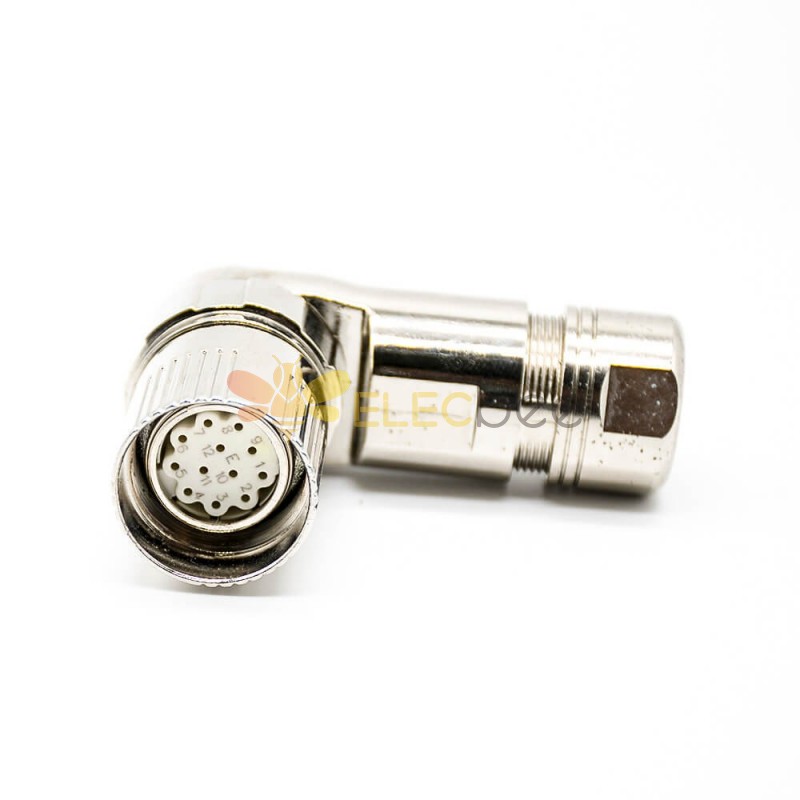M23 Connector Plug: Critical Consideration for Maximum Voltage Rating
M23 Connector Plug are widely used in industrial applications for connecting sensors and actuators. These compact connectors come in various types, sizes, and configurations, and are built to withstand harsh environments, shock, and vibration. One of the critical parameters to consider while selecting an M23 Connector Plug is its maximum voltage rating.
The maximum voltage rating of an M23 Connector Plug is the highest voltage level that can pass through it without causing damage to the connector or the connected devices. This rating depends on several factors, including the connector design, materials, insulation, and the type of application.

In general, most M23 Connector Plug have a maximum voltage rating of 250 volts AC/DC. This implies that the connector can handle up to 250 volts of alternating or direct current safely. However, some variants of M23 Connector Plug may have a lower or higher voltage rating depending on the application requirements.
For instance, M23 Connector Plug used in Ethernet communications typically have a maximum voltage rating of 50 volts AC/DC. This is because Ethernet signals operate at lower voltages than standard electrical currents, and voltage spikes or surges can cause signal distortion or device malfunction.
On the other hand, M23 Connector Plug used in high-power applications such as industrial motors, pumps, and heaters may have a higher voltage rating of up to 600 volts AC/DC. This enables them to handle the higher voltage levels required to power these devices without overheating or shorting out.
It is essential to note that exceeding the maximum voltage rating of an M23 Connector Plug can result in catastrophic failure, including arcing, sparking, or even explosion. As such, it is crucial to choose the right connector with the appropriate voltage rating for your application and to ensure proper installation, wiring, and maintenance practices.
In conclusion, the maximum voltage rating of an M23 Connector Plug is a critical factor to consider when selecting and using these connectors in different applications. Always check the voltage rating of your connectors, and ensure that they can withstand the voltage levels in your system to prevent any potential damage or hazards.
- Art
- Causes
- Crafts
- Dance
- Drinks
- Film
- Fitness
- Food
- Spellen
- Gardening
- Health
- Home
- Literature
- Music
- Networking
- Other
- Party
- Religion
- Shopping
- Sports
- Theater
- Wellness
- IT, Cloud, Software and Technology


